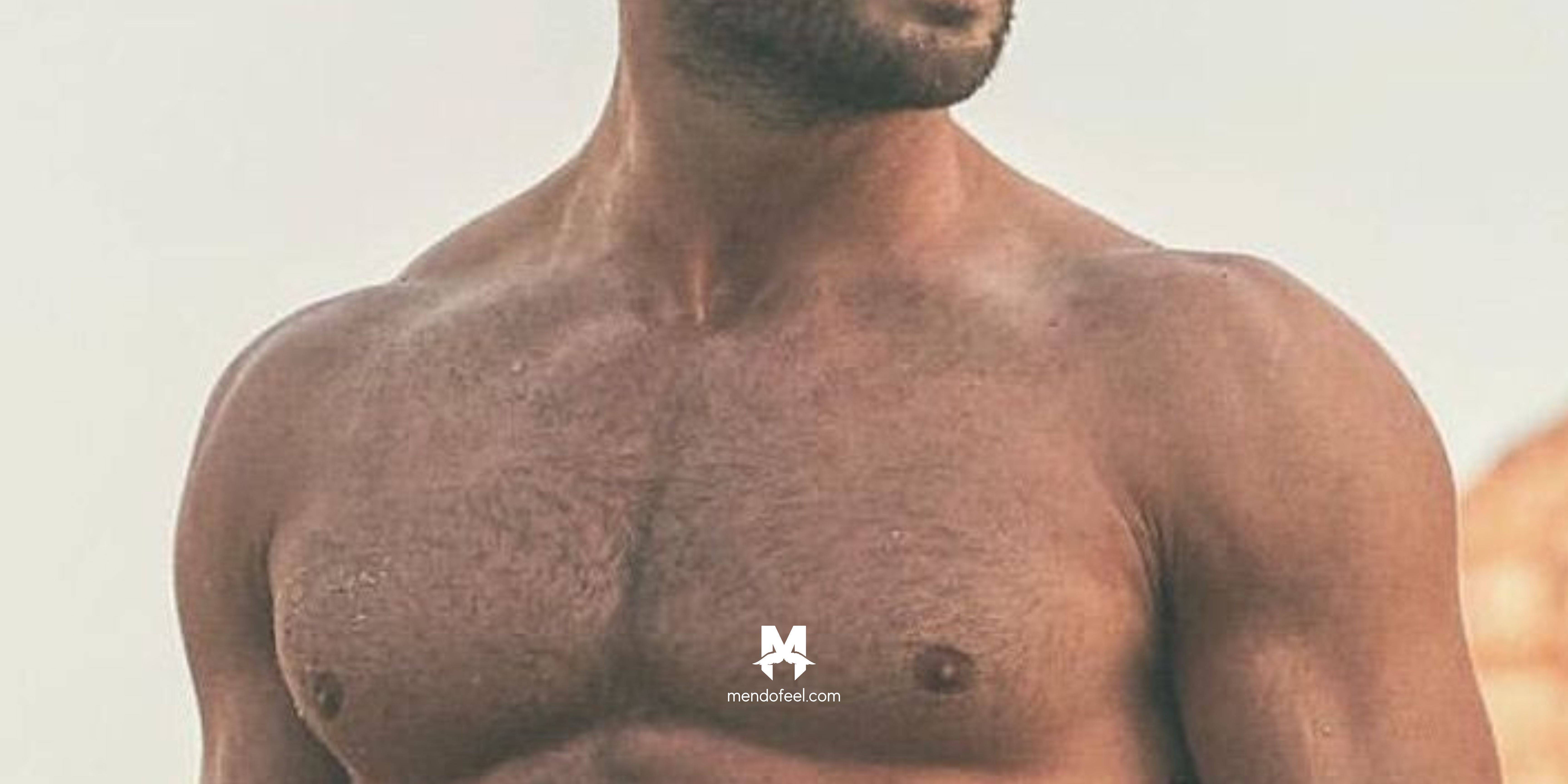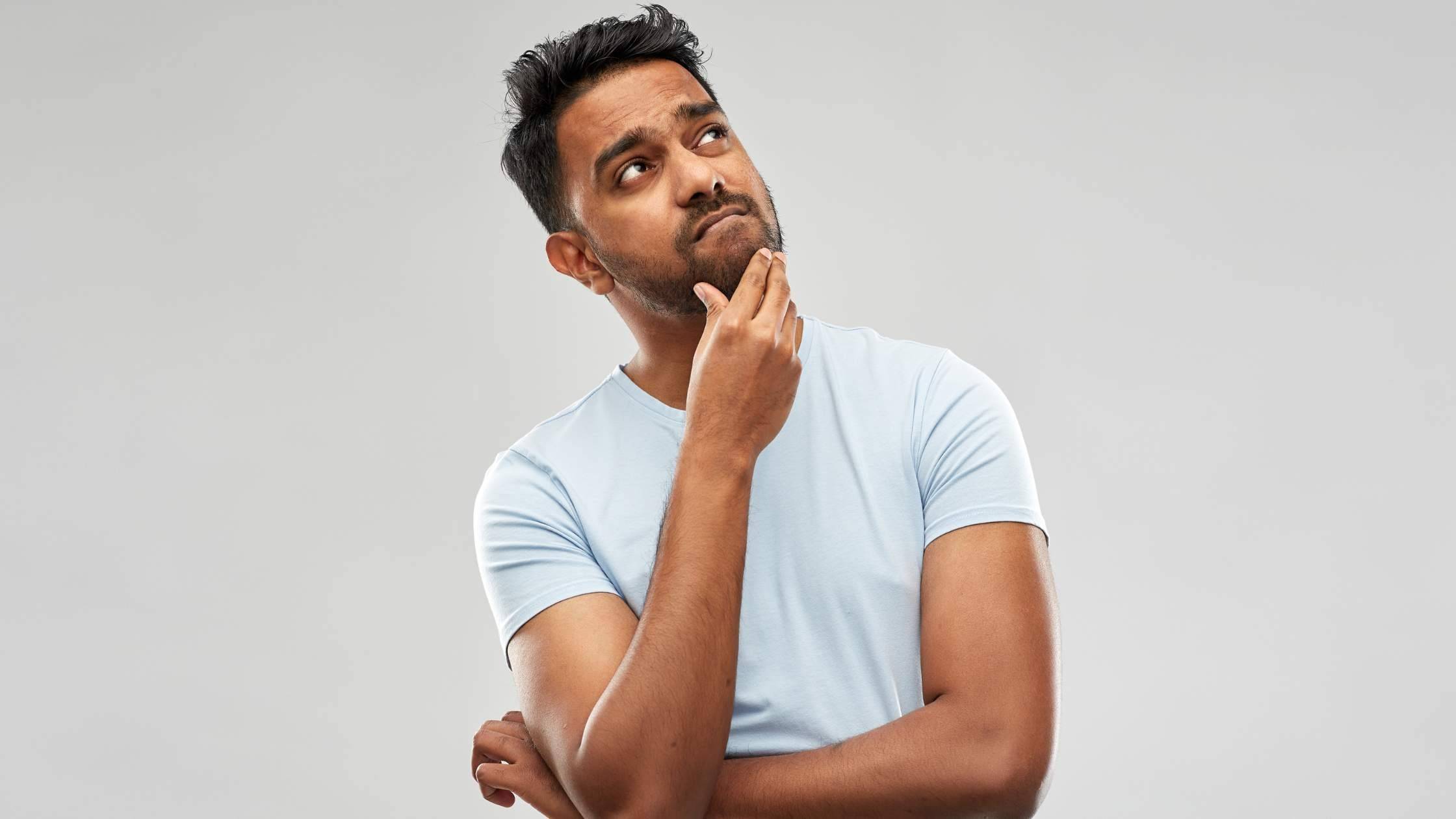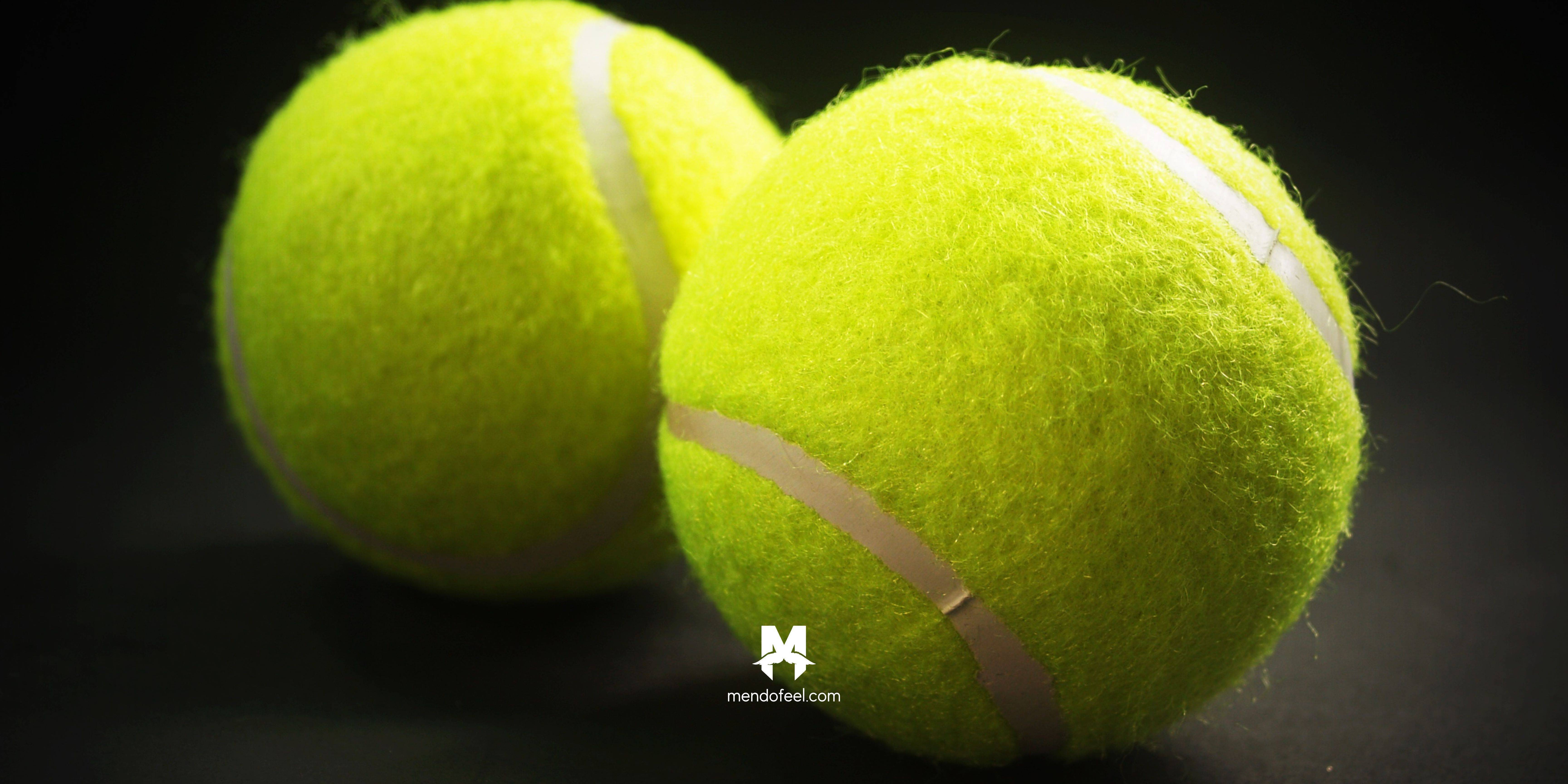As a man, I take pride in my appearance, and I know that grooming is an important part of self-care. One question that has always been on my mind is whether trimming chest hair makes it worse. It's a topic that seems to be shrouded in mystery, and I decided to dive deep to uncover the truth.
When it comes to body hair, chest hair is one of the most prominent areas for men. Some men have very little hair on their chest, while others have a thick, full carpet. I fall somewhere in the middle - I have a moderate amount of chest hair that I've always struggled to manage.
My chest hair has always been a bit of a double-edged sword. On the one hand, I like the rugged, masculine look it gives me. On the other hand, I sometimes feel like it's a bit too much and can be distracting. I've tried shaving it all off, but that just made me feel like a prepubescent boy. I've also tried trimming it, but I've always been a bit hesitant because of the age-old myth that trimming chest hair makes it worse.
So, does trimming chest hair actually make it worse? The short answer is no. Trimming your chest hair won't make it grow back thicker, darker, or coarser. That's a myth that has been circulating for years, but it's simply not true. The reason that it feels that way is that the hair that grows back after shaving or trimming has a blunt tip, which can make it feel rougher and thicker than it was before.
When I learned this fact, it was a relief. It meant that I could finally start trimming my chest hair without worrying about making it worse. However, that still left me with the question of how to trim it properly.
After some research, I learned that there are a few things to keep in mind when trimming chest hair. First, it's essential to use the right tools. Using scissors or a razor can be tricky, and you're more likely to end up with uneven results. A trimmer is the best option, as it's specifically designed for trimming hair.
Another thing to keep in mind is the length of the trim. How short should you go? That depends on personal preference, but in general, it's a good idea to start with a longer guard and work your way down until you find a length that you're comfortable with. Going too short can be a shock, so take it slow and work your way down gradually.
One mistake that I made when I first started trimming my chest hair was not paying attention to the direction of the hair growth. Chest hair doesn't all grow in the same direction, so it's important to be mindful of that when trimming. Going against the grain can cause irritation and ingrown hairs, so take the time to figure out which way your hair grows and trim accordingly.
After a few weeks of trimming my chest hair regularly, I noticed a significant difference. Not only did it look more polished and refined, but it also felt softer to the touch. It was no longer an unruly mess that I felt self-conscious about; it was a well-groomed part of my appearance that I could be proud of.
In conclusion, trimming chest hair does not make it worse. It's a myth that has been debunked time and time again. Trimming your chest hair can actually be beneficial, as it can make it look and feel better. The key is to use the right tools, go slowly, and be mindful of the direction of hair growth.
If you're like me and have been hesitant to trim your chest hair because of this myth, I encourage you to give it a try. It may take a little bit of trial and error to find the right technique and length, but once you do, you'll be amazed at the difference it can make. Not only will it improve your appearance, but it can also boost your confidence and make you feel more comfortable in your own skin.
Of course, grooming is a personal choice, and not everyone will want to trim their chest hair. Some men prefer the natural look, and that's perfectly fine. But for those who do want to trim their chest hair, it's important to remember that it's a completely safe and normal practice.
In fact, there are many benefits to trimming chest hair beyond just appearance. It can also reduce body odor by eliminating the excess hair that can trap sweat and bacteria. It can also make it easier to apply certain products, such as sunscreen or body lotion.
As with any grooming practice, it's important to be gentle and take care of your skin. Use a moisturizer after trimming to prevent dryness and irritation, and avoid going too short to prevent razor burn and ingrown hairs. And if you do experience any irritation or discomfort, take a break from trimming until your skin has healed.
In conclusion, trimming chest hair is a completely safe and normal practice that can have many benefits. It won't make your hair worse or cause it to grow back thicker, and with the right tools and technique, it can make you look and feel better. So don't let the myth hold you back – give it a try and see how it works for you. Who knows, you might just be surprised at how much of a difference it can make!







